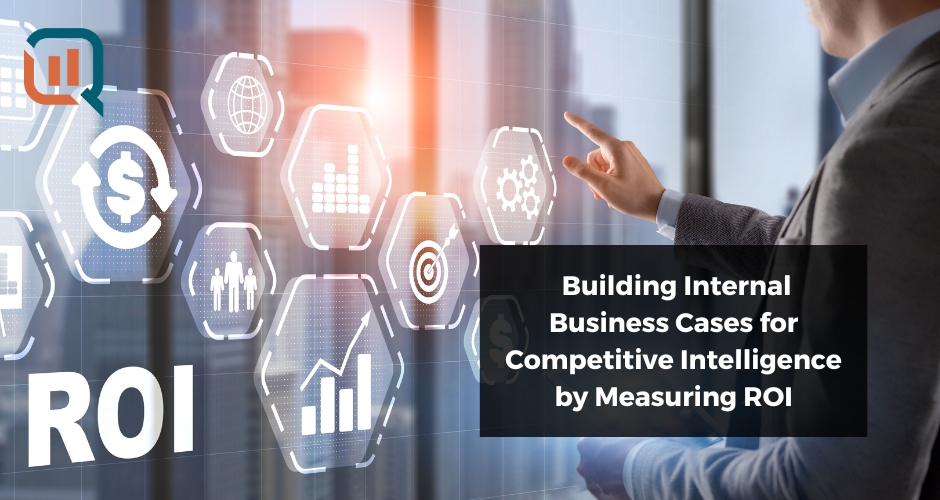The avaricious dragon Smaug from Tolkien’s “The Hobbit” was great at guarding his mountain of wealth. There weren’t many (or any) ongoing expenses or year long contractual obligations. Smaug would have been an incredible procurement manager. I’ve worked with dozens of procurement teams that likely have a poster of Smaug sleeping soundly on his hoard of treasure pinned above their desks. The fewer services and companies that you have to pay invoices for, the more operating cash is available for the business. Procurement teams are incredibly important, and ensure that overeager teams aren’t signing up for each new service that’s pitched to them.
Similarly to how Bilbo enticed Smaug to reveal the weakness in his scaled armor, I have discovered the best way to satisfy procurement teams and pricing analysts alike – measuring the return on investment of pricing solutions.
Building the Business Case
Building a business case is an important first step in order to manage and procure buy-in. Once a pricing analyst identifies the need for competitive intelligence – based on a desire to bolster their capabilities to drive revenue for retail categories, that analyst must make sure their company is willing to pay for that service. I’ve received many inquiries from category managers and merchants alike that are excited about adding competitive intelligence to their toolbag of pricing tactics. After great conversations and demonstrations about how we can provide up to date information on their key competitors pricing strategies in order to stay ahead of the competition, the communication stalls. Eventually the reason is revealed – “Leadership has decided to review this initiative again next year” or next quarter, or however far down the road the can is kicked.
Measuring ROI with Concrete KPIs
Establishing which KPIs the return on the competitive data investment will be measured on, and having a concrete plan to calculate it, can help proponents of a new tool or service be successful when requesting a slice of the budget. Consider the following retail KPIs:
- Volume of sales – If you’re priced right, you should expect to see a higher volume of sales in specific categories compared to when your price wasn’t competitive.
- Revenue changes – Assess your revenue before using competitive intelligence data and then 6 months after. Knowledge of the optimal competitive price should drive increased revenue.
- Identification of trends – When you have price intelligence, historical price information can help inform you of trends, to anticipate and react to changes in the market.
- Time saved – An easy one to forget, but when making the switch from manual data collection to automated price intelligence, a team of pricing analysts can save anywhere from 20-40 hours per week. What can be done with that extra time?
Demonstrating ROI with a Real-World Example
Creating a measurable ROI may sound daunting, but by assigning metrics to KPIs, like the ones above, and then assuring your boss and procurement team that you will measure them again 6 months or one year into a contract can be the difference between a “let’s consider this in Q2” and “let’s explore a proof of concept using your ROI calculation.”
For example, I helped a retailer in the office supply space create their internal case using the ROI calculation below (Specific numbers changed for privacy and simplicity).
Let’s say that the competitive intelligence software is $50,000 per year. Over the course of one year, the software helps increase revenue across the business machine category by $100,000, and free up 10 hours a week for more strategic revenue initiatives. That time savings amounts to about $300 a week for each of the 5 pricing analysts working with the data – so about $80,000 per year. So the ROI equation looks like this:
ROI = ($100,000 + $80,000 – $50,000) / $50,000
ROI = 260%.
This means that for each dollar invested in the competitive intelligence, the office supply store could expect to receive a return of $2.60.
Once the budget owners at this retailer understood the expected return of competitive intelligence, they became much more amenable to proceeding forward.
By demonstrating the return on investment of any given service or software tool, conversations with procurement managers can be streamlined and more efficient. It also helps improve contract price negotiations by pinpointing which annual price has to be agreed upon to maximize the required ROI for purchase.
Get in Touch for Further Insights
If you need more tips on establishing a fact based business case for service investments, email me at cschneider@ql2.com – I would love to talk through it!

Helping product/merchandising teams identify pricing gaps to maximize sales and profitability.

